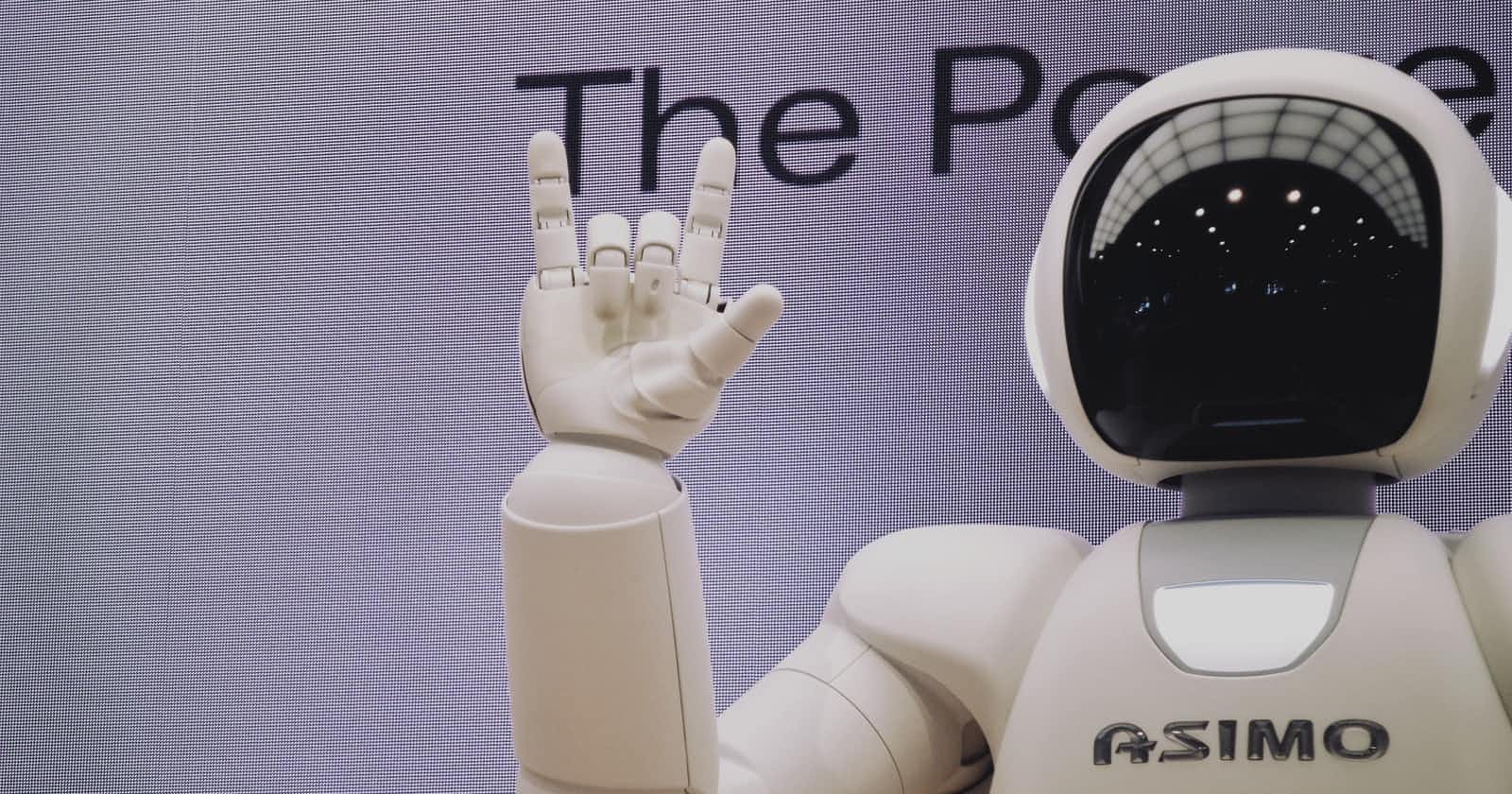
Photo by Possessed Photography on Unsplash
Introduction to Machine learning and types of algorithms
“Machine learning will automate jobs that most people thought could only be done by people.” ~Dave Waters.
Machine learning is a branch of artificial intelligence (AI) and computer science which focuses on the use of data and algorithms to imitate the way that humans learn, gradually improving its accuracy.
It is also the science of making computers learn and act like humans by feeding data and information without explicitly being programmed.
During machine learning we feed passed data i.e labelled data and we let the system predict the corresponding value and we tell it whether it is correct or wrong. This is the process called training. Through this process the machine tries to generate a mathematical relationship between the input and the correct output. This gives a model which when given input gives a certain output. This is how the machine learns
Machine learning algorithms come in four types. These include
- Supervised Learning
- Unsupervised Learning
- Semisupervised Learning
- Reinforcement Learning
Supervised Learning
In supervised learning, the machine is taught by example. The operator provides the machine learning algorithm with a known dataset that includes desired inputs and outputs, and the algorithm must find a method to determine how to arrive at those inputs and outputs. While the operator knows the correct answers to the problem, the algorithm identifies patterns in data, learns from observations and makes predictions. The algorithm makes predictions and is corrected by the operator – and this process continues until the algorithm achieves a high level of accuracy/performance.
Examples of Supervised Learning Techniques include Classification, Regression and Forecasting
Semisupevised Learning
Semi-supervised learning is similar to supervised learning, but instead uses both labelled and unlabelled data. Labelled data is essentially information that has meaningful tags so that the algorithm can understand the data, whilst unlabelled data lacks that information. By using this combination, machine learning algorithms can learn to label unlabelled data.
Unsupervised Learning
Here, the machine learning algorithm studies data to identify patterns. There is no answer key or human operator to provide instruction. Instead, the machine determines the correlations and relationships by analysing available data. In an unsupervised learning process, the machine learning algorithm is left to interpret large data sets and address that data accordingly. The algorithm tries to organise that data in some way to describe its structure. This might mean grouping the data into clusters or arranging it in a way that looks more organised.
Under unsupervised learning, we have, Clustering and Dimension Reduction
Reinforcemnet Learning
Reinforcement learning focuses on regimented learning processes, where a machine learning algorithm is provided with a set of actions, parameters and end values. By defining the rules, the machine learning algorithm then tries to explore different options and possibilities, monitoring and evaluating each result to determine which one is optimal. Reinforcement learning teaches the machine trial and error. It learns from past experiences and begins to adapt its approach in response to the situation to achieve the best possible result.
Machine learning can be used in different sectors to predict, classify and provide insight on data. In the next article we will be diving deeper into Supervised Learning to look at Classification in detail. Until then stay well. If you have any suggestions or corrections to make please email me here

